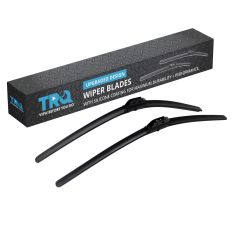1ABFS04503-Chevrolet GMC Buick Olds Isuzu Front Ceramic Brake Pad & Rotor Kit with Calipers TRQ BKA14375
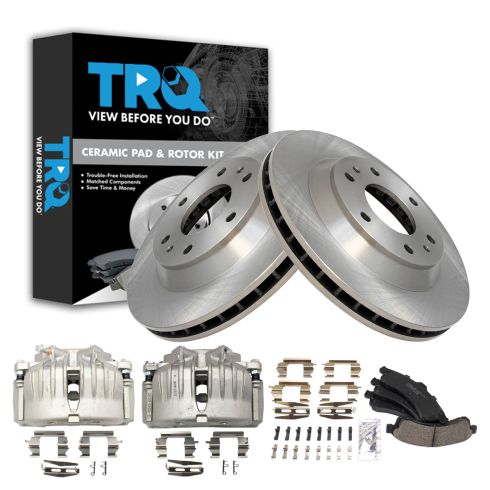




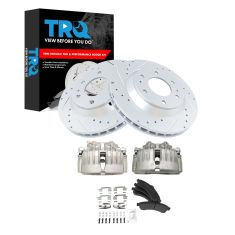
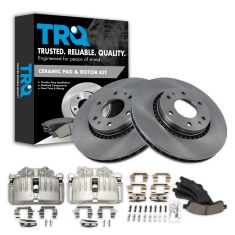


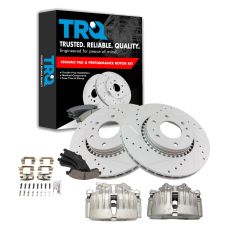
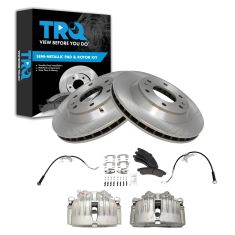
Replaces
2004 Buick Rainier L6 4.2L All Wheel Drive Front Ceramic Brake Pad & Rotor Kit with Calipers TRQ BKA14375



Recommended for your 2004 Buick Rainier
You may also like

Semi-Metallic Performance Brake Pad & Rotor Kit with Calipers
$329.95

Ceramic Brake Pad & Rotor Kit with Calipers
$334.95

Ceramic Performance Brake Pad & Rotor Kit with Calipers
$334.95

Semi-Metallic Performance Brake Pad & Rotor Kit with Calipers
$349.95

Ceramic Performance Brake Pad & Rotor Kit with Calipers
$354.95

Semi-Metallic 7 Piece Brake Pad & Rotor Kit with Calipers & Hoses
$364.95
Product Reviews
Loading reviews
Customer Q&A
No questions have been asked about this item.
Buick is a registered trademark of General Motors Company. 1A Auto is not affiliated with or sponsored by Buick or General Motors Company.
See all trademarks.







